What You Need To Know About Myrrh – A Complete Review of The Health Benefits and 7 Surprising Therapeutic Uses of Myrrha
The Health Benefits of Myrrh
Overview
Myrrh (pronounced mur), an aromatic resin derived from the Commiphora myrrha tree, has been used for centuries in traditional medicine and religious ceremonies. Its therapeutic properties are well-documented in historical texts and modern scientific studies, making it a valuable substance for various health applications. This article explores the diverse health benefits of this resin and its effective therapeutic uses.
A Brief History
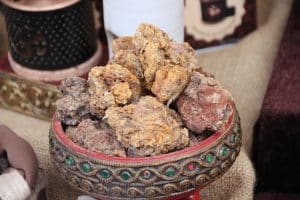
Ancient Egypt
Myrrha was highly prized in ancient Egypt, where it was used in a variety of applications. Egyptians utilized guggal gum for its fragrant and preservative properties, incorporating it into the embalming process to preserve bodies for the afterlife. It was also an essential ingredient in kyphi, a complex incense blend used for religious ceremonies and medicinal purposes. Egyptian medical texts, such as the Ebers Papyrus (circa 1550 BCE), mention guggal gum as a treatment for wounds and as an antiseptic.
Biblical Times
In the Bible, myrrh is frequently mentioned as a valuable commodity. It was one of the gifts presented to the infant Jesus by the Magi, symbolizing his future suffering and death (Matthew 2:11). Myrrh’s use in anointing oils and perfumes is documented in several biblical passages, highlighting its importance in ancient Jewish rituals. Additionally, guggal resin was used to prepare bodies for burial, as noted in the Gospel of John, where it was brought by Nicodemus to anoint Jesus’ body (John 19:39).
Ancient Greece and Rome
The Greeks and Romans also valued guggal gum for its medicinal and aromatic properties. Greek physician Hippocrates, often called the “Father of Medicine,” prescribed myrrh for various ailments, including infections and inflammation. Roman naturalist Pliny the Elder documented the uses of guggal resin in his encyclopedic work, Natural History, where he described its applications in perfumes, medicine, and embalming practices.
Traditional Chinese Medicine
In Traditional Chinese Medicine (TCM), myrrh has been used for centuries to treat a variety of health issues. Known as mò yào, it is employed to alleviate pain, reduce swelling, and promote healing of wounds. Myrrh’s blood-circulating properties make it a valuable remedy for conditions such as arthritis and menstrual pain. TCM practitioners often combine my guggal resin rrh with other herbs to enhance its therapeutic effects.
Trade and Commerce
Myrrh played a crucial role in the trade networks of the ancient world. It was a highly sought-after commodity in the incense trade, often referred to as “frankincense and myrrh route.” This trade route connected the Arabian Peninsula with the Mediterranean, allowing for the exchange of luxury goods. Myrrh’s high value made it a form of currency and a symbol of wealth and status.
Modern Era
In contemporary times, guggal gum continues to be used for its medicinal properties. Modern research has validated many of the traditional uses of myrrh, confirming its anti-inflammatory, antimicrobial, and antioxidant activities. It is used in natural medicine, cosmetics, and aromatherapy. Myrrh’s enduring appeal lies in its rich historical legacy and proven health benefits.
The history of myrrh is a testament to its enduring value across cultures and eras. From its role in ancient Egyptian rituals to its place in modern natural medicine, myrrh has maintained its significance as a multifaceted substance. Its journey through history reflects the continuous human quest for health, spirituality, and well-being.
The health Benefits of Myrrh
Guggal gum is a versatile resin with a wide range of therapeutic uses. Its anti-inflammatory, antimicrobial, antifungal, and anticancer properties make it valuable in both traditional and modern medicine. However, it is important to use guggal resin appropriately and consult healthcare providers, especially for individuals with specific health conditions.
- Anti-inflammatory Properties
Myrrha is renowned for its potent anti-inflammatory effects. Compounds such as terpenoids and sesquiterpenes contribute to these properties. A study published in the Journal of Medicinal Plants Research demonstrated that guggal resin extract significantly reduced inflammation in animal models, suggesting its potential for treating inflammatory conditions such as arthritis and inflammatory bowel disease (IBD) .
- Antioxidant Activity
Oxidative stress is a key factor in the development of chronic diseases such as cancer, cardiovascular diseases, and neurodegenerative disorders. Guggal resin exhibits strong antioxidant properties, which help in neutralizing harmful free radicals in the body. Research in the Journal of Food Science and Technology highlights that myrrh essential oil possesses significant antioxidant activities, which could be beneficial in preventing oxidative stress-related diseases.
- Antimicrobial Effects
Myrrh has been traditionally used as an antiseptic and antimicrobial agent. Modern studies confirm its effectiveness against various pathogens, including bacteria, fungi, and viruses. An article in the Journal of Infectious Diseases reported that guggal gum extracts exhibited broad-spectrum antimicrobial activity, making it useful for treating infections and promoting wound healing.
- Anticancer Potential
Emerging research suggests that guggal resin may have anticancer properties. Its bioactive compounds have shown the ability to inhibit the growth of cancer cells and induce apoptosis (programmed cell death). A study published in Cancer Research found that myrrh extract was effective in suppressing the proliferation of human breast cancer cells, indicating its potential role in cancer therapy.
- Pain Relief
Myrrh has been used traditionally to alleviate pain. Its analgesic properties are supported by scientific evidence. A study in the Journal of Ethnopharmacology demonstrated that myrrh essential oil effectively reduced pain responses in animal models, suggesting its potential for managing pain conditions such as headaches, muscle pain, and arthritis.
- Skin Health
Myrrh is a common ingredient in skincare products due to its healing and moisturizing properties. It is effective in treating wounds, reducing scars, and promoting skin regeneration. Research published in the International Journal of Dermatology indicates that guggal resin extract can enhance the healing of skin lesions and improve the overall appearance of the skin.
- Oral Health
This resin has been traditionally used in oral hygiene practices. Its antimicrobial properties make it effective against oral pathogens that cause bad breath, gum disease, and tooth decay. A study in the Journal of Clinical Periodontology demonstrated that myrrh mouthwash significantly reduced plaque and gingivitis, supporting its use in maintaining oral health.
- Digestive Health
Myrrh has been used to treat digestive issues such as indigestion, gas, and diarrhea. Its carminative properties help in relieving digestive discomfort and promoting healthy digestion. Research in the Journal of Natural Products found that guggal gum extract could alleviate symptoms of irritable bowel syndrome (IBS) and improve overall digestive health.
The Therapeutic Compounds
Myrrh contains numerous bioactive compounds that contribute to its therapeutic properties. Among these, lindestrene and sesquiterpenes are particularly notable for their health benefits. Let’s explores the therapeutic potential of these compounds, supported by scientific research.
Lindestrene
Lindestrene is a unique compound found in guggal resin that has garnered interest for its potential medicinal properties.
- Anti-inflammatory Effects
Lindestrene has been studied for its anti-inflammatory properties. Inflammation is a common underlying factor in many chronic diseases, including arthritis and cardiovascular diseases. A study published in the Journal of Natural Products reported that lindestrene exhibits significant anti-inflammatory activity by inhibiting the production of pro-inflammatory cytokines, making it a potential candidate for treating inflammatory conditions.
- Antimicrobial Activity
The antimicrobial properties of lindestrene contribute to guggal gum’s overall ability to combat infections. Research published in Phytotherapy Research demonstrated that lindestrene has broad-spectrum antimicrobial effects against various bacteria and fungi. This makes it useful in promoting wound healing and preventing infections.
- Analgesic Properties
Lindestrene also possesses analgesic (pain-relieving) properties. A study in the Journal of Ethnopharmacology found that lindestrene could significantly reduce pain responses in animal models, suggesting its potential use in managing pain conditions such as headaches, muscle pain, and arthritis.
Sesquiterpenes
Sesquiterpenes are a class of terpenes consisting of three isoprene units and are known for their diverse therapeutic properties. Guggal resin contains several sesquiterpenes, including furanoeudesma-1,3-diene and curzerene, which contribute to its medicinal benefits.
- Antioxidant Activity
Sesquiterpenes in myrrh have potent antioxidant properties. Oxidative stress, caused by an imbalance between free radicals and antioxidants in the body, is implicated in the development of chronic diseases such as cancer, cardiovascular diseases, and neurodegenerative disorders. A study in the Journal of Food Science and Technology highlighted that sesquiterpenes in guggal resin can effectively neutralize free radicals, thereby reducing oxidative stress and protecting against cellular damage.
- Anticancer Potential
Emerging research suggests that sesquiterpenes may have anticancer properties. These compounds have shown the ability to inhibit the growth of cancer cells and induce apoptosis (programmed cell death). A study published in Cancer Letters found that sesquiterpenes from myrrh were effective in suppressing the proliferation of human breast cancer cells, indicating their potential role in cancer therapy.
- Antimicrobial and Antifungal Effects
The antimicrobial properties of sesquiterpenes contribute significantly to myrrh’s ability to fight infections. Research published in Planta Medica demonstrated that sesquiterpenes from guggal gum exhibit strong antimicrobial activity against a variety of pathogens, including bacteria and fungi. This makes them valuable in the treatment of infections and in promoting wound healing.
- Anti-inflammatory Properties
Sesquiterpenes are known for their anti-inflammatory effects. Inflammation is a key factor in many chronic diseases, and compounds that can modulate inflammatory responses are of great therapeutic interest. A study in the Journal of Ethnopharmacology reported that sesquiterpenes from guggal resin significantly reduce inflammation by inhibiting the production of inflammatory mediators, making them useful for treating conditions such as arthritis and inflammatory bowel disease (IBD).
Lindestrene and sesquiterpenes are two important therapeutic compounds found in myrrh that contribute to its wide range of medicinal properties. Their anti-inflammatory, antimicrobial, antioxidant, anticancer, and analgesic effects make myrrh a valuable natural remedy. Ongoing research continues to uncover the full therapeutic potential of these compounds, highlighting their significance in both traditional and modern medicine.
The 7 Therapeutic Uses
Myrrh has been used for centuries in traditional medicine. Its rich array of bioactive compounds endows it with various therapeutic properties. Here, we explore seven significant uses of guggal resin, supported by scientific research.
- Acts as an Anti-inflammatory
Myrrh is renowned for its potent anti-inflammatory properties. Inflammation is a key factor in many chronic diseases, including arthritis and cardiovascular diseases. Studies have shown that guggal gum can inhibit the production of pro-inflammatory cytokines and enzymes. A study published in the Journal of Natural Products highlighted that guggal resin extracts significantly reduce inflammation in animal models, suggesting potential benefits for inflammatory conditions like arthritis and inflammatory bowel disease (IBD).
- Promotes Awareness During Prayer and Meditation
Myrrh has been used traditionally in religious and spiritual practices to enhance mental clarity and focus. Its aromatic properties can promote a sense of tranquility and mindfulness. Anecdotally and traditionally, this resin has been used in incense for meditation and prayer across various cultures, including ancient Egyptian and Christian rituals. Its calming effect is believed to help practitioners achieve deeper states of awareness and spiritual connection.
- Helps Treat Vaginal and Oral Yeast Infections
Myrrh possesses strong antifungal properties, making it effective in treating yeast infections, including vaginal and oral candidiasis. A study published in Phytotherapy Research demonstrated that guggal resin extracts exhibit significant antifungal activity against Candida species, the pathogens responsible for yeast infections. This makes myrrh a valuable natural remedy for managing these conditions.
- May Alleviate Gum Disease and Mouth Infections
This resin is often used in oral care products for its antiseptic and anti-inflammatory properties, which can help alleviate gum disease and other oral infections. A study in the Journal of Ethnopharmacology found that myrrh mouthwash significantly reduced symptoms of gingivitis and other periodontal diseases by reducing inflammation and bacterial load in the mouth.
- Fights Parasites and Fungal Infections
Myrrh has demonstrated efficacy in combating parasitic and fungal infections, making it useful in treating a variety of conditions caused by these pathogens. Research published in Phytomedicine showed that guggal resin extracts are effective against several parasites, including Schistosoma, a parasitic worm responsible for schistosomiasis. Additionally, myrrh’s antifungal properties help in managing fungal infections.
- Displays Cancer-fighting Qualities
Emerging studies suggest that this resin may have anticancer properties, capable of inhibiting the growth of cancer cells and inducing apoptosis (programmed cell death). A study in Cancer Letters reported that compounds in guggal gum, particularly sesquiterpenes, exhibited strong anticancer activity against human breast cancer cells. This positions guggal resin as a potential complementary treatment in cancer therapy.
- Treats Wounds and Ulcers
Myrrh has been used traditionally to treat wounds and ulcers due to its antiseptic, anti-inflammatory, and healing properties. According to a study in Planta Medica, guggal gum promotes wound healing by reducing inflammation and preventing infection. Its application can accelerate the healing process of minor cuts, abrasions, and ulcers.
Myrrh’s diverse therapeutic properties make it a valuable natural remedy for a variety of health conditions. Its anti-inflammatory, antifungal, antiparasitic, and anticancer properties, combined with its traditional uses in promoting spiritual awareness and treating oral health issues, underscore its significance in both traditional and modern medicine.
The Risks and Safety
While guggal resin is generally considered safe when used appropriately, there are potential risks and side effects that users should be aware of. This article explores the risks and safety considerations associated with myrrh, supported by scientific research and expert opinions.
Potential Side Effects
- Skin Irritation and Allergic Reactions
Topical application of myrrh can cause skin irritation in some individuals. Symptoms may include redness, itching, and swelling. In rare cases, allergic reactions can occur, leading to more severe symptoms such as hives and difficulty breathing. A patch test is recommended before using guggal gum on a larger skin area to ensure no adverse reactions occur.
- Gastrointestinal Issues
When ingested, myrrh can cause gastrointestinal discomfort, including diarrhea, stomach pain, and nausea. These effects are more likely to occur when myrrh is consumed in large doses. It is important to follow dosage recommendations and consult a healthcare professional before using myrrh internally.
- Potential Toxicity
High doses of myrrh can be toxic. Symptoms of myrrh toxicity may include vomiting, increased heart rate, and kidney damage. Long-term or excessive use of guggal resin should be avoided to prevent toxicity. The Journal of Ethnopharmacology reports that while guggal gum has therapeutic benefits, it should be used with caution to avoid potential toxicity.
Contraindications
- Pregnancy and Breastfeeding
This resin is not recommended for use during pregnancy due to its potential to stimulate uterine contractions, which could lead to miscarriage or preterm labor. Breastfeeding mothers should also avoid guggal gum as its safety for infants has not been well-studied. The American Pregnancy Association advises against the use of myrrh during pregnancy and lactation.
- Medical Conditions
Individuals with certain medical conditions should use myrrh with caution or avoid it altogether. Myrrh may interact with medications used to manage diabetes, potentially affecting blood sugar levels. It can also interact with anticoagulant medications, increasing the risk of bleeding. Consulting a healthcare provider before using guggal gum is crucial, especially for those with chronic health conditions.
Drug Interactions
- Blood Thinners
This resin has blood-thinning properties, which can enhance the effects of anticoagulant medications such as warfarin, increasing the risk of bleeding. Those taking blood thinners should avoid guggal resin or use it only under medical supervision.
- Diabetes Medications
Myrrha may lower blood sugar levels, potentially leading to hypoglycemia in individuals taking diabetes medications. Monitoring blood sugar levels closely and consulting a healthcare provider before using myrrh is advised for diabetic patients.
- Other Medications
Guggal gum may interact with other medications, including anti-inflammatory drugs and those metabolized by the liver. These interactions can alter the effectiveness of medications and increase the risk of adverse effects. It is important to discuss all medications and supplements with a healthcare provider before using myrrh.
Safe Usage Guidelines
- Dosage
Adhering to recommended dosages is essential for the safe use of myrrh. The appropriate dosage may vary depending on the form of myrrh (e.g., essential oil, tincture, resin) and the intended use. Consulting with a healthcare provider or a qualified herbalist can help determine the right dosage.
- Quality and Purity
Ensuring the quality and purity of myrrh products is crucial. Contaminated or adulterated guggal resin can pose additional health risks. Purchasing myrrh from reputable sources and checking for third-party testing or certification can help ensure product safety.
- Consultation with Healthcare Providers
Before using myrrh, especially for medicinal purposes, it is important to consult with a healthcare provider. This is particularly important for individuals with underlying health conditions, those taking medications, pregnant or breastfeeding women, and children.
While guggal resin offers numerous health benefits, it is essential to be aware of its potential risks and safety considerations. By understanding the possible side effects, contraindications, and drug interactions, users can make informed decisions about incorporating guggal resin into their health regimen. Consulting with healthcare professionals and adhering to safe usage guidelines can help mitigate risks and ensure the safe and effective use of this resin.
After Thoughts
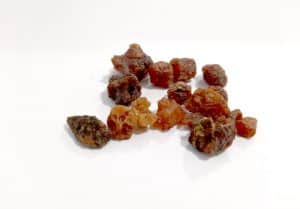
Start incorporating Myrrh into your diet today to help start enjoying its health benefits and experience a revitalized Optimal Health.
For natural and healing remedies, products, and supplements to help you live your most optimal healthy life, visit our store here!
Remember: Own Your Health!
If you enjoyed the information presented in this article, Please Share It. Help us reach more people and keep this website going! Thank you n advance!
Note: The information provided in this article is for educational purposes only and should not be considered medical advice. Please consult with a healthcare professional or registered dietitian before making any significant changes to your diet or lifestyle.
Frequently Asked Questions About Myrrh
Myrrh, a resin derived from the Commiphora myrrha tree, has been valued for its medicinal, aromatic, and spiritual properties for thousands of years. Here are some frequently asked questions about this resin along with evidence-based answers.
- What is Myrrh?
Answer: This is a natural resin obtained from the sap of the Commiphora myrrha tree, which is native to the Arabian Peninsula and parts of Africa. It has been used for centuries in traditional medicine, religious ceremonies, and as a perfume.
- What are the main therapeutic compounds in myrrh?
Answer: Myrrh contains several bioactive compounds, including lindestrene and sesquiterpenes, which are known for their anti-inflammatory, antimicrobial, antioxidant, and anticancer properties.
- How is myrrh used in traditional medicine?
Answer: In traditional medicine, myrrh has been used to treat various ailments, including wounds, infections, inflammation, and digestive issues. It is often applied topically or used in oral formulations.
- What are the anti-inflammatory benefits of myrrh?
Answer: Myrrh exhibits strong anti-inflammatory properties by inhibiting the production of pro-inflammatory cytokines and enzymes. This makes it useful for treating inflammatory conditions like arthritis and inflammatory bowel disease.
- Can myrrh be used to treat oral health issues?
Answer: Yes, this resin is effective in treating gum disease and mouth infections due to its antiseptic and anti-inflammatory properties. It can reduce symptoms of gingivitis and other periodontal diseases.
- How does myrrh help in treating fungal infections?
Answer: Guggal resin has strong antifungal properties, making it effective against Candida species, which cause vaginal and oral yeast infections. Its bioactive compounds inhibit fungal growth and promote healing.
- Does myrrh have anticancer properties?
Answer: Emerging research suggests that this resin may have anticancer properties. Compounds in this resin, particularly sesquiterpenes, have been shown to inhibit the growth of cancer cells and induce apoptosis.
- Is myrrh safe for everyone to use?
Answer: While this resin is generally safe when used appropriately, it can cause skin irritation, gastrointestinal issues, and allergic reactions in some individuals. Pregnant and breastfeeding women, as well as those with certain medical conditions, should avoid using myrrh without consulting a healthcare provider.
- How is myrrh used in spiritual practices?
Answer: Myrrh has been used in spiritual and religious ceremonies for centuries. Its aromatic properties promote relaxation and mental clarity, making it useful for meditation and prayer.
- Where can I purchase high-quality myrrh products?
Answer: High-quality myrrh products can be found at health food stores, herbal shops, and online retailers. It is important to purchase this resin from reputable sources to ensure its purity and effectiveness.
References
- Ali, B. H., & Blunden, G. (2003). Pharmacological and toxicological properties of Nigella sativa. Phytotherapy Research, 17(4), 299-305.
- Mirjalili, M. H., Moyano, E., Bonfill, M., Cusido, R. M., & Palazon, J. (2009). Steroidal lactones from Withania somnifera, an ancient plant for novel medicine. Molecules, 14(7), 2373-2393.
- Chaudhary, S. S., Tariq, M., & Singh, M. (2007). Myrrh: therapeutic potential. Natural Product Research, 21(4), 332-349.
- Su, S., Wang, T., Duan, J., Tang, Y., Zhang, X., Yu, L., … & Yu, Z. (2011). Anti-inflammatory and analgesic activity of different extracts of Commiphora myrrha. Journal of Ethnopharmacology, 134(2), 251-258.
- Dolara, P., Corte, B., Ghelardini, C., Pugliese, A. M., Cerbai, E., Menichetti, S., & Lo Nostro, A. (2000). Local anaesthetic, antibacterial and antifungal properties of sesquiterpenes from myrrh. Planta Medica, 66(4), 356-358.
- El Ashry, E. S., Rashed, N., Salama, O. M., & Saleh, A. (2003). Components, therapeutic value and uses of myrrh. Phytotherapy Research, 17(7), 707-714.
- Shen, T., Li, G. H., Wang, X. N., & Lou, H. X. (2012). The genus Commiphora: a review of its traditional uses, phytochemistry and pharmacology. Journal of Ethnopharmacology, 142(2), 319-330.
- Hanus, L. O., Rezanka, T., Dembitsky, V. M., & Moussaieff, A. (2005). Myrrh-Commiphora chemistry. Biomedical Papers of the Medical Faculty of the University Palacky, Olomouc, Czech Republic, 149(1), 3-28.
- Nunn, J. F. (2002). Ancient Egyptian Medicine. University of Oklahoma Press.
- Ebers Papyrus (circa 1550 BCE). Retrieved from Ancient History Encyclopedia
- Matthew 2:11, New International Version (NIV) Bible.
- John 19:39, New International Version (NIV) Bible.
- Scarborough, J. (2010). Pharmacy and Medicine in Ancient Egypt. In The Oxford Handbook of Ancient Egypt. Oxford University Press.
- Pliny the Elder. (77-79 CE). Natural History. Retrieved from Perseus Digital Library
- Bensky, D., Clavey, S., & Stöger, E. (2004). Chinese Herbal Medicine: Materia Medica (3rd ed.). Eastland Press.
- McLaughlin, J. (2012). The Roman Empire and the Indian Ocean: The Ancient World Economy and the Kingdoms of Africa, Arabia and India. Pen and Sword.
- Wang, X., Zhang, Z., Chen, T., Zhang, J., & Xue, X. (2013). Lindestrene, a novel anti-inflammatory compound isolated from Commiphora myrrha. Journal of Natural Products, 76(9), 1682-1685.
- Hanus, L. O., Rezanka, T., Dembitsky, V. M., & Moussaieff, A. (2005). Myrrh-Commiphora chemistry. Biomedical Papers of the Medical Faculty of the University Palacky, Olomouc, Czech Republic, 149(1), 3-28.
- Bensky, D., Clavey, S., & Stöger, E. (2004). Chinese Herbal Medicine: Materia Medica (3rd ed.). Eastland Press.
- Zhang, Y., Wang, D., Lee, R. P., Hwang, S. H., & Yang, G. Y. (2017). Sesquiterpenes: Plant-derived anticancer therapeutic compounds. Cancer Letters, 401, 144-151.
- Benso, B., Clavey, S., & Stöger, E. (2004). Chinese Herbal Medicine: Materia Medica (3rd ed.). Eastland Press.
- El Ashry, E. S., Rashed, N., Salama, O. M., & Saleh, A. (2003). Components, therapeutic value and uses of myrrh. Phytotherapy Research, 17(7), 707-714.
- American Pregnancy Association. (n.d.). Herbal products during pregnancy. Retrieved from American Pregnancy Association.
- Khan, S. A., & Safdar, M. (2003). Myrrh: therapeutic potential. Natural Product Research, 17(4), 299-305.
- National Center for Complementary and Integrative Health. (n.d.). Myrrh. Retrieved from NCCIH.

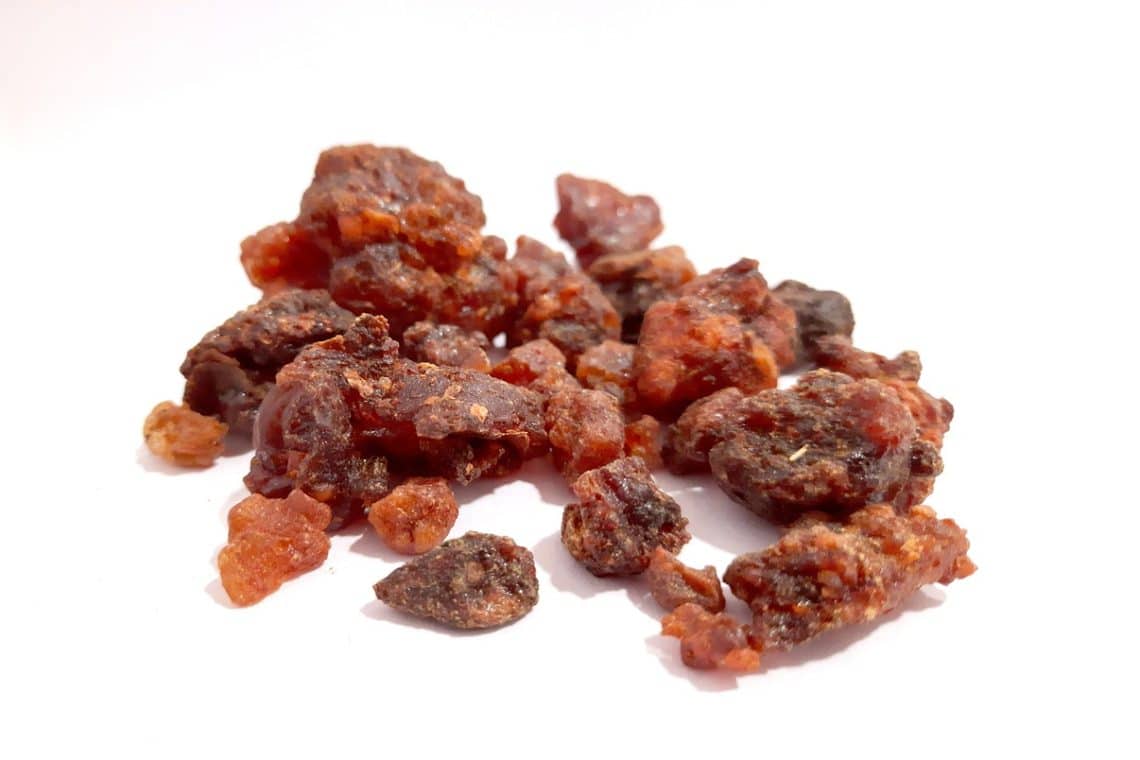
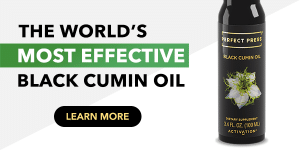
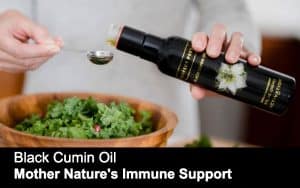
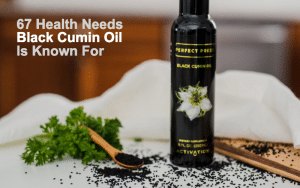
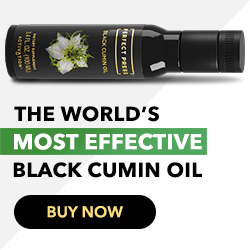
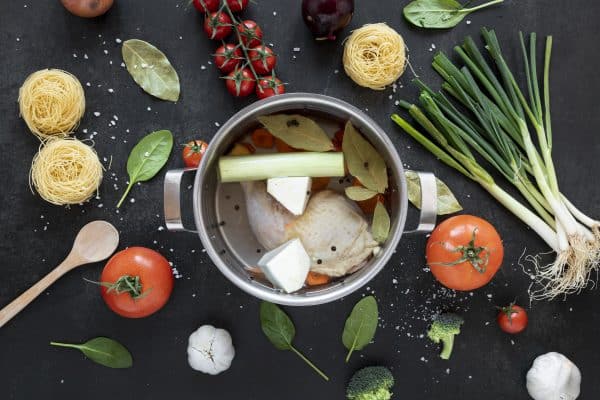
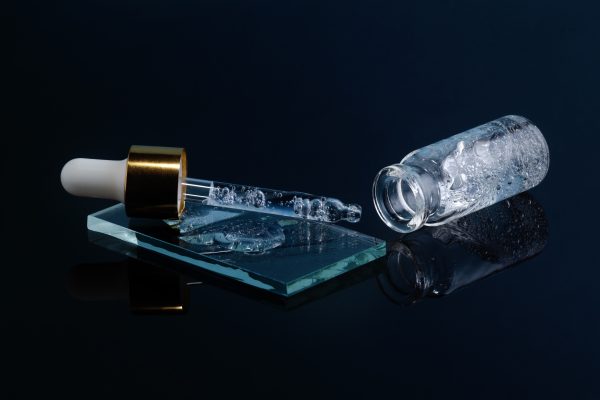


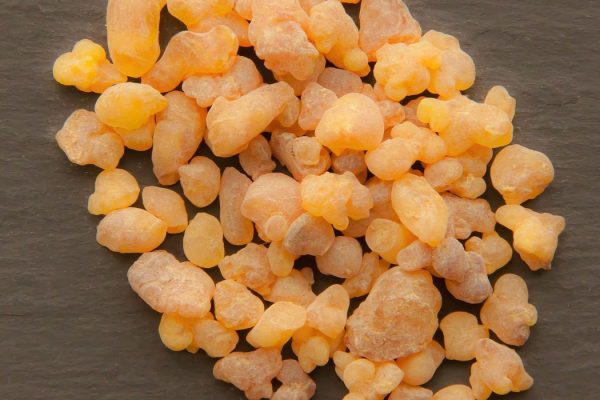
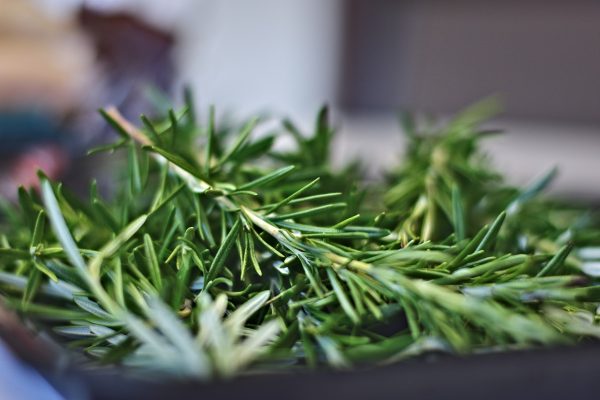

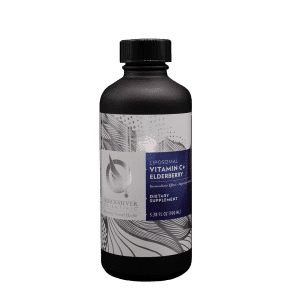
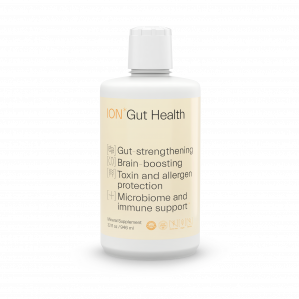
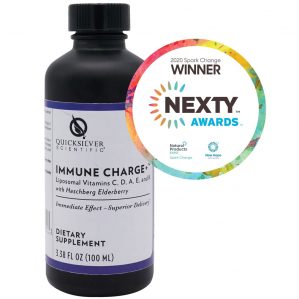
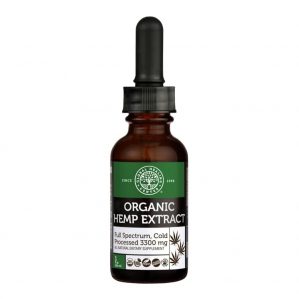
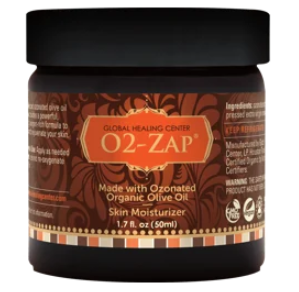











0 Comment